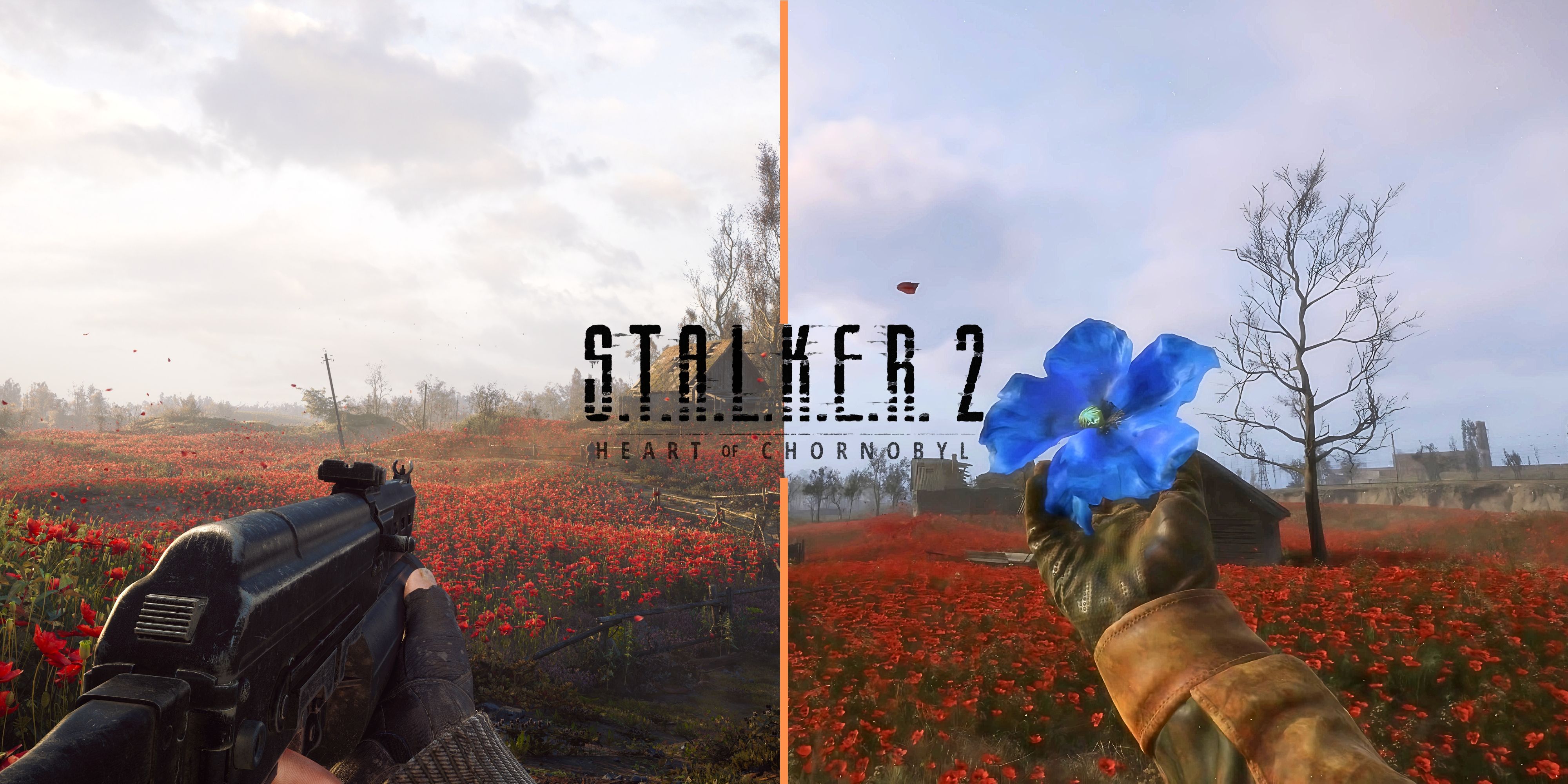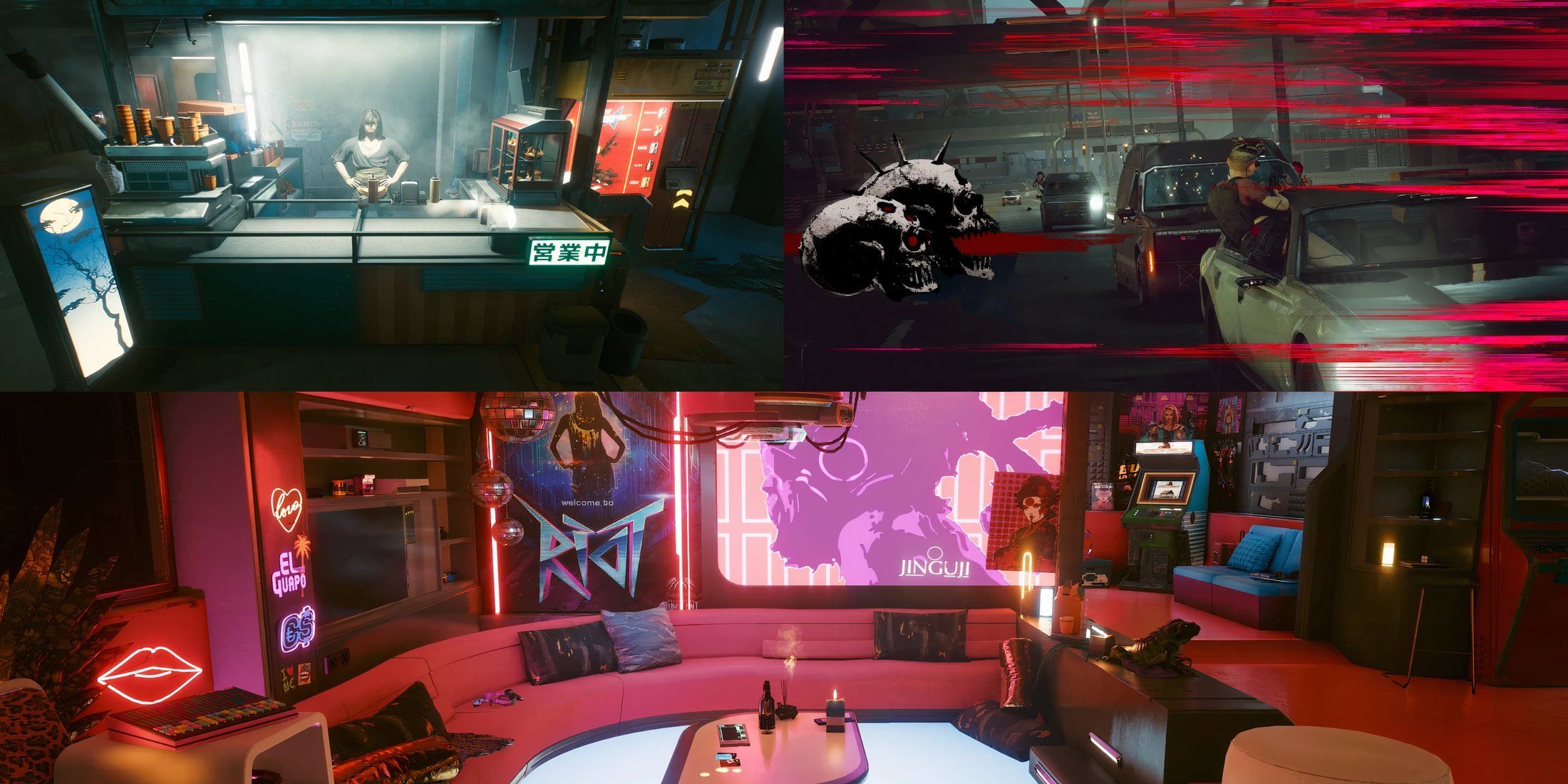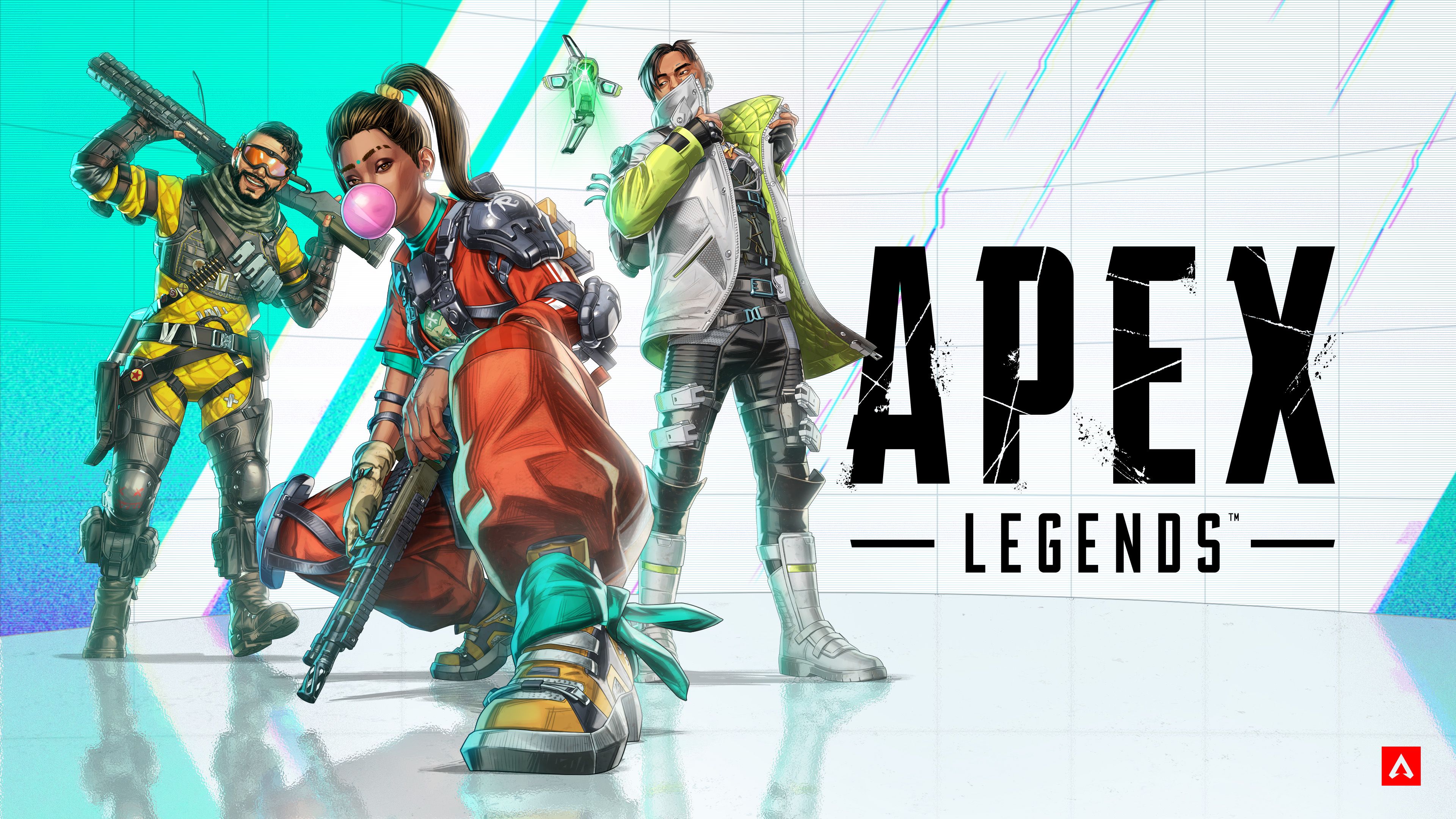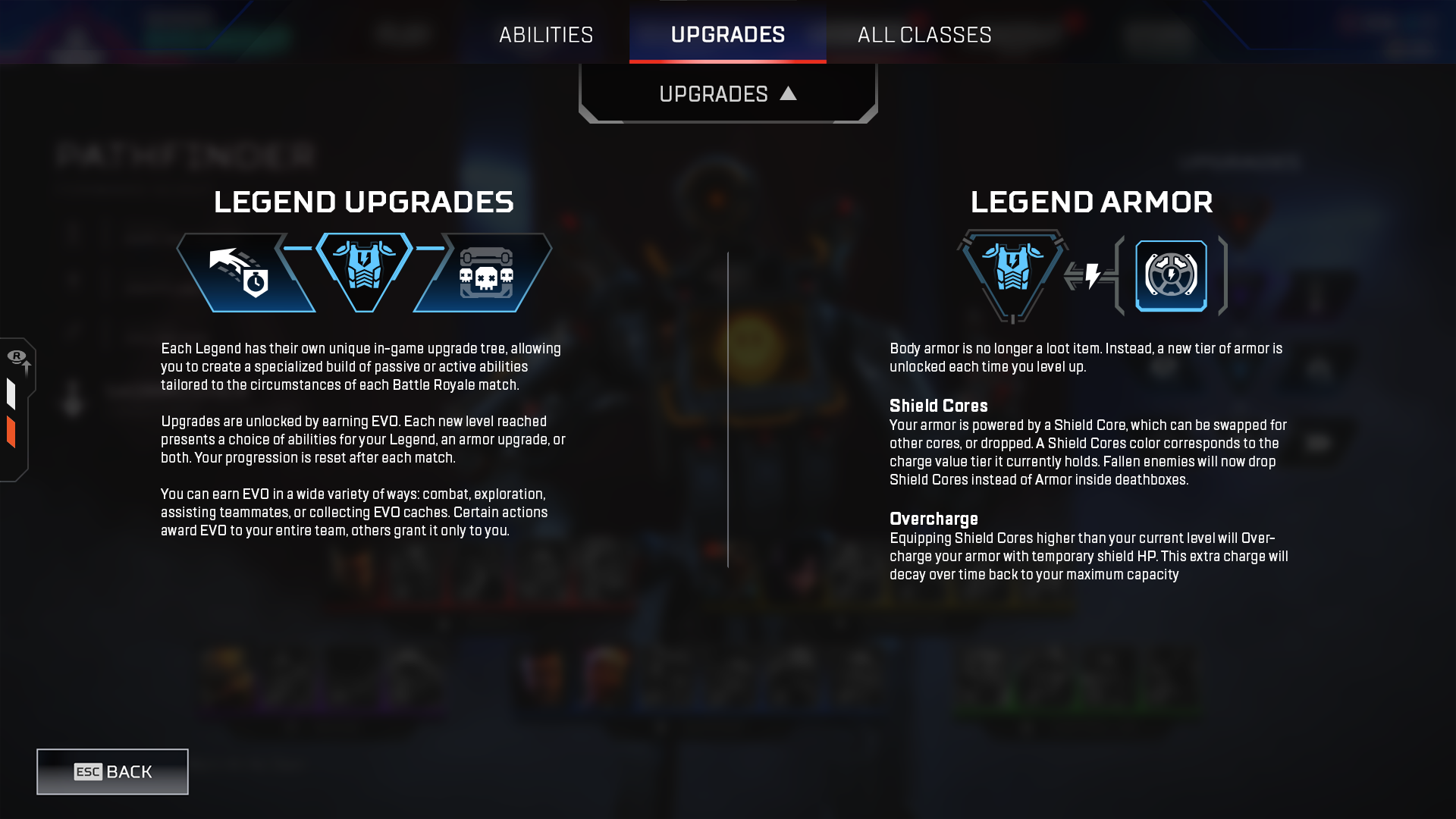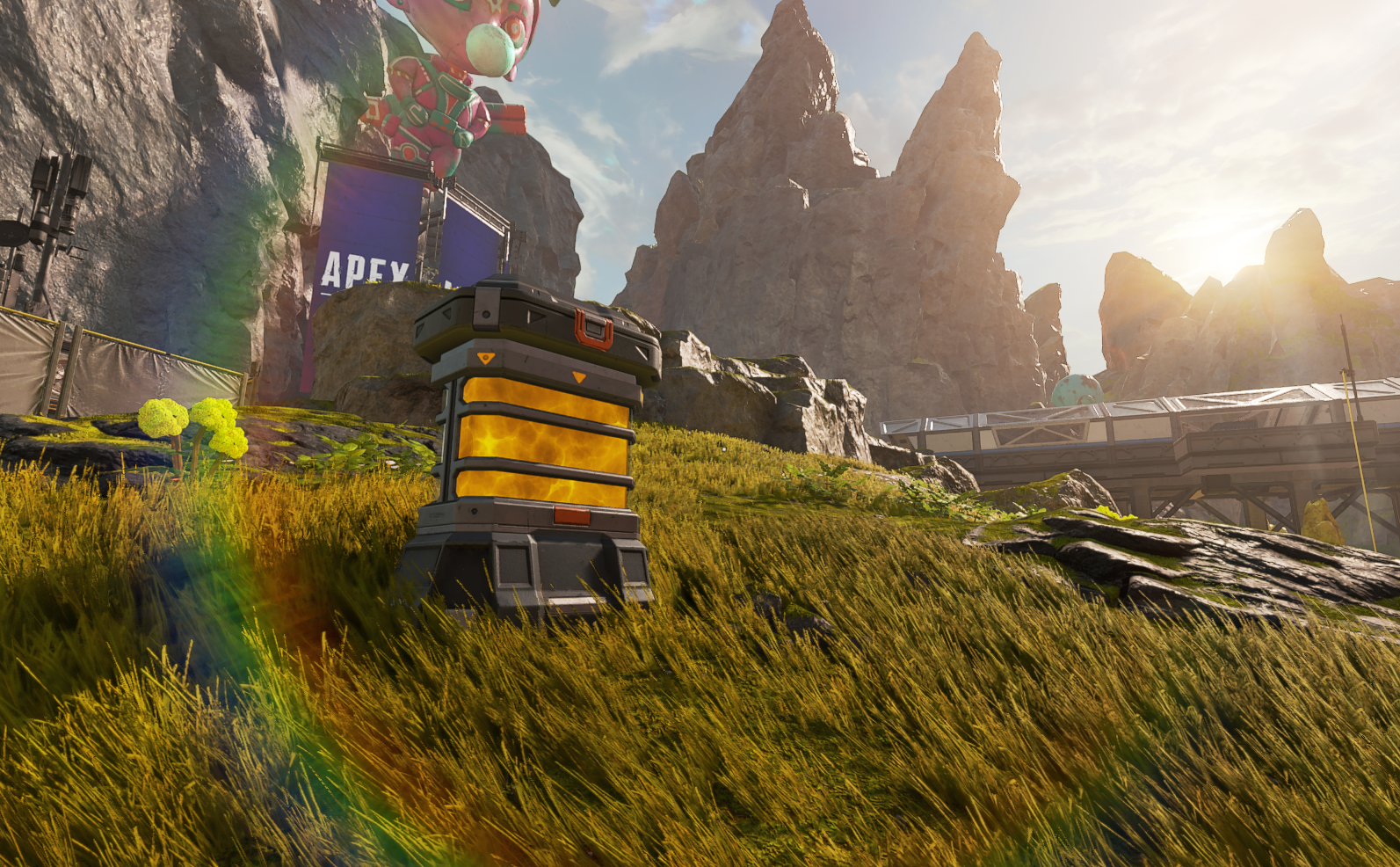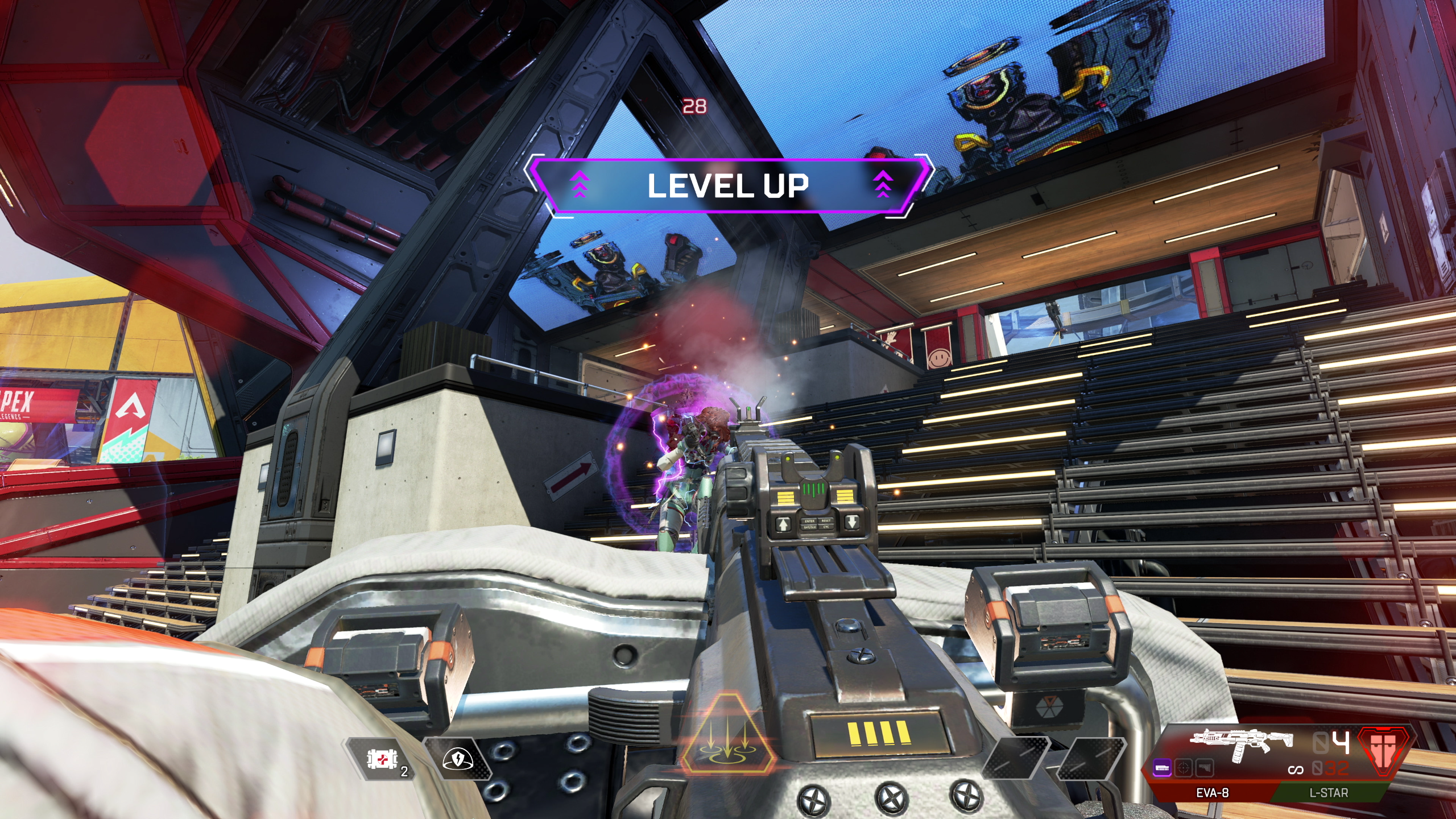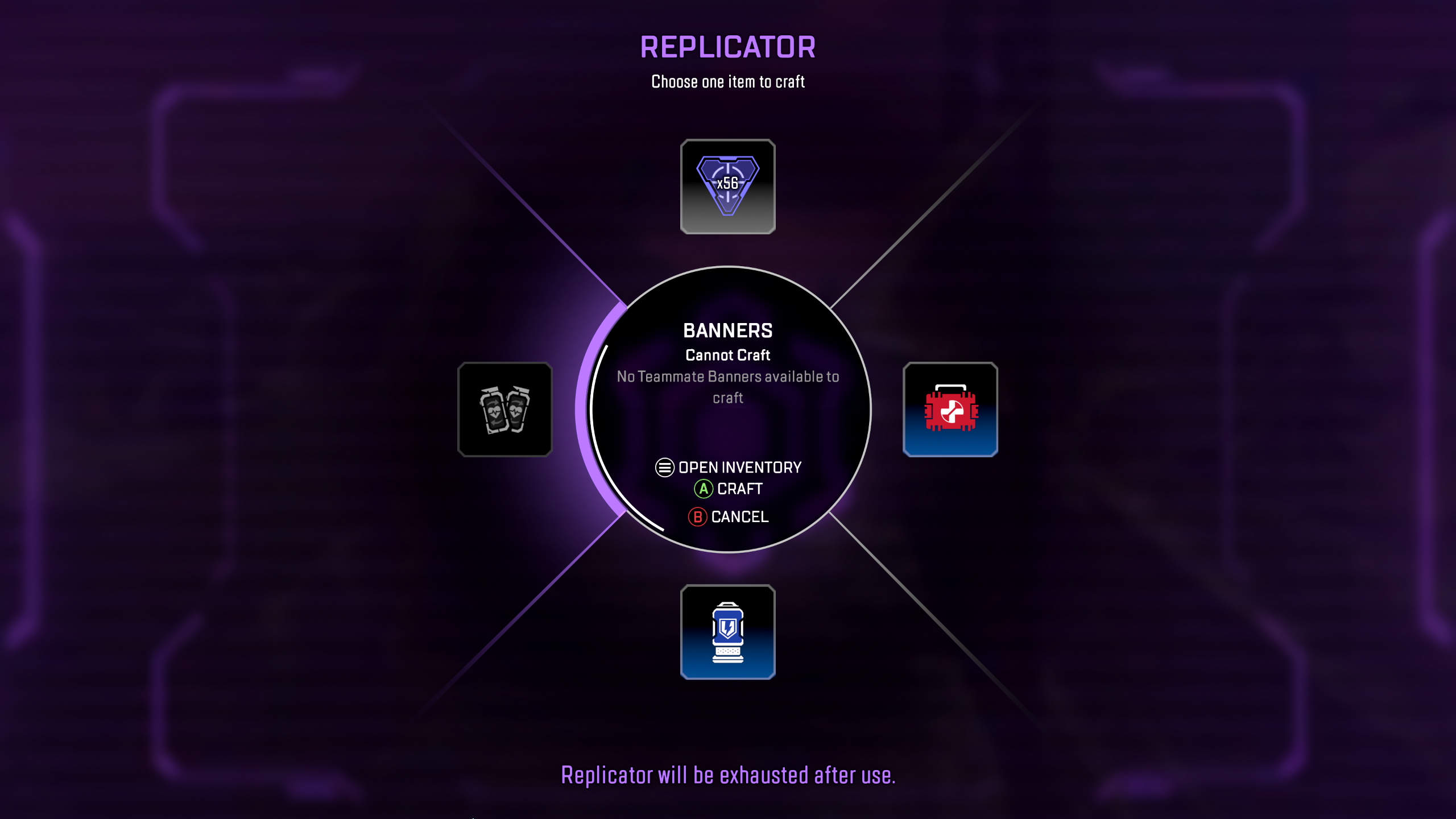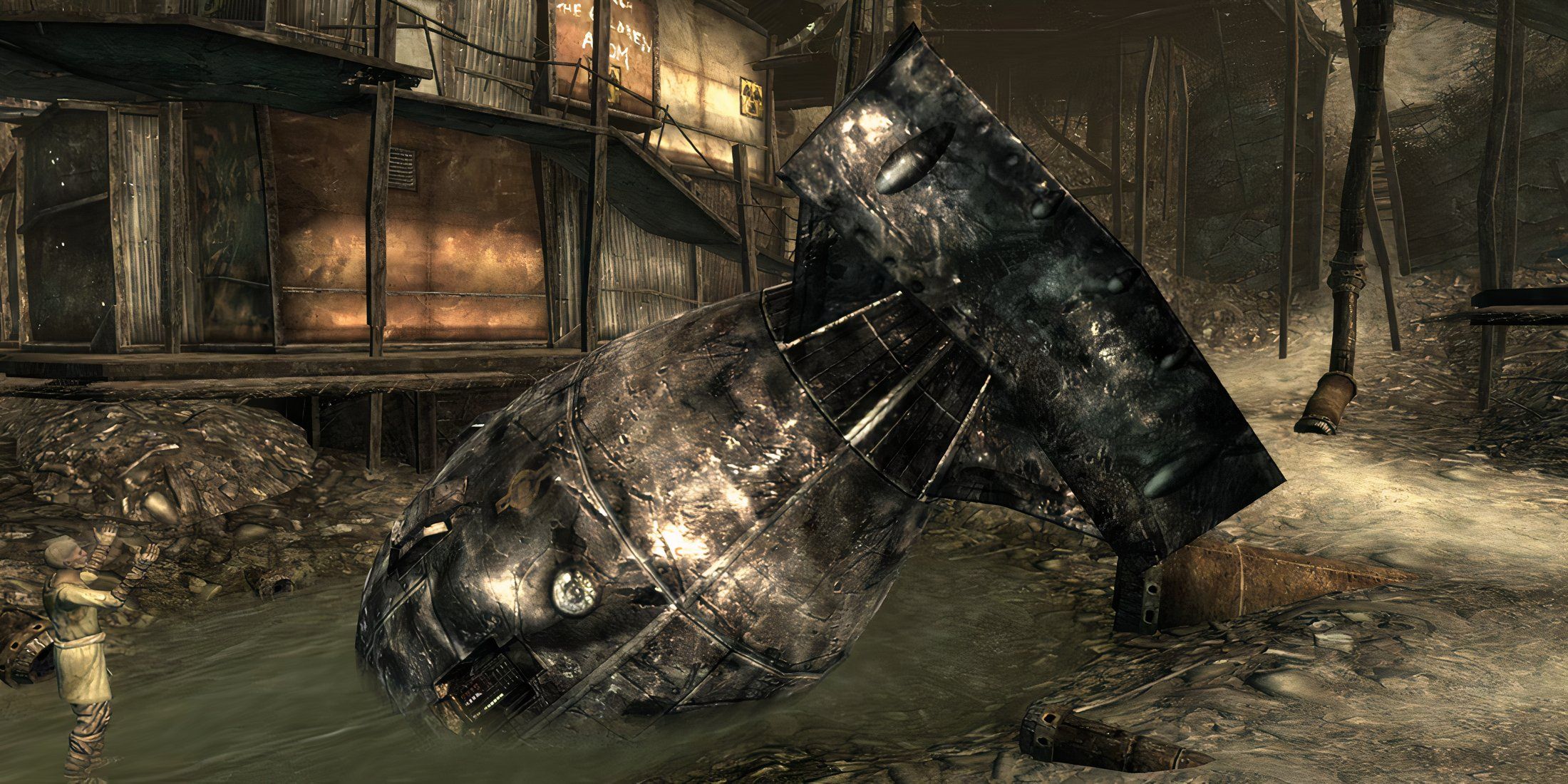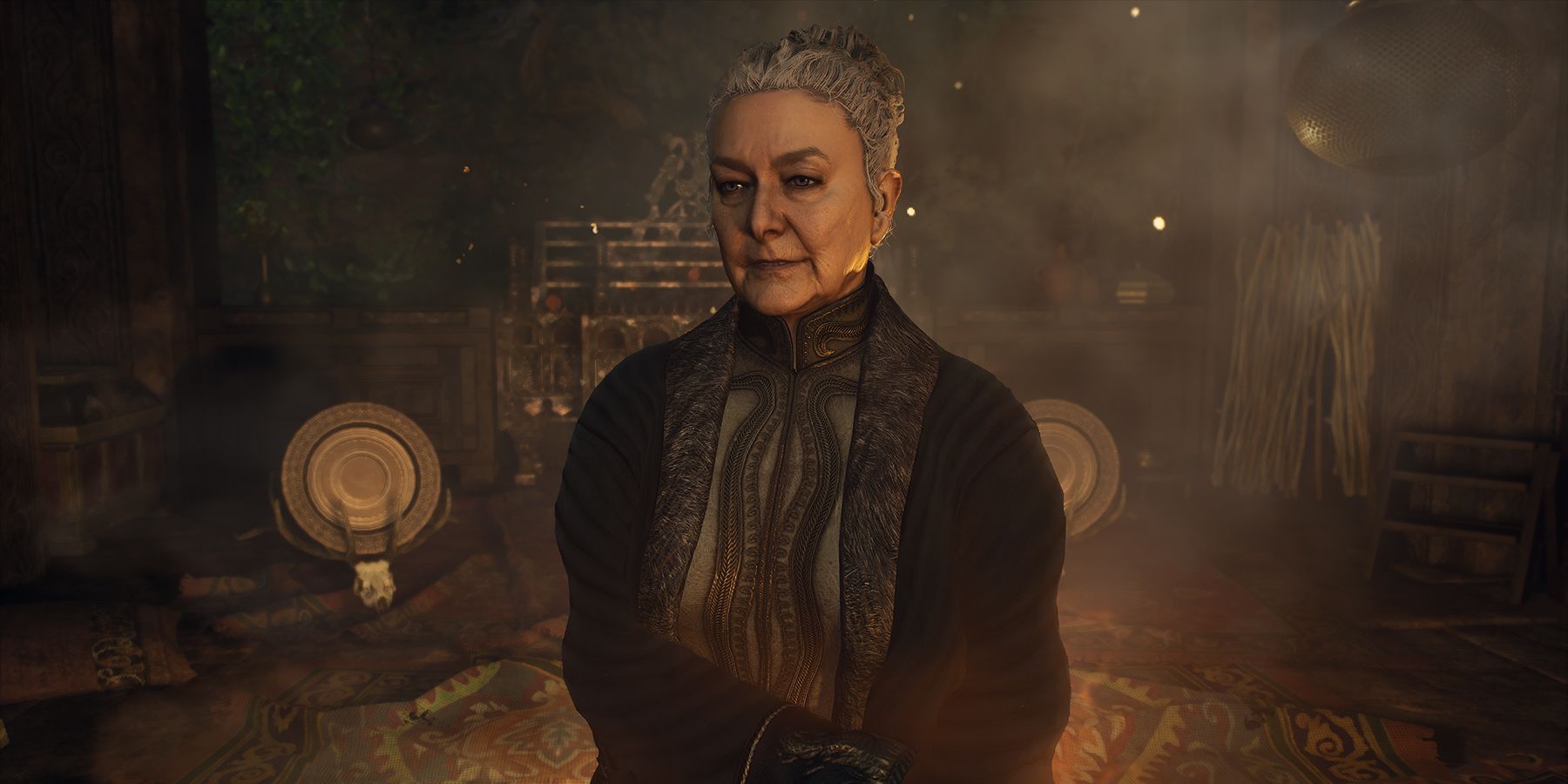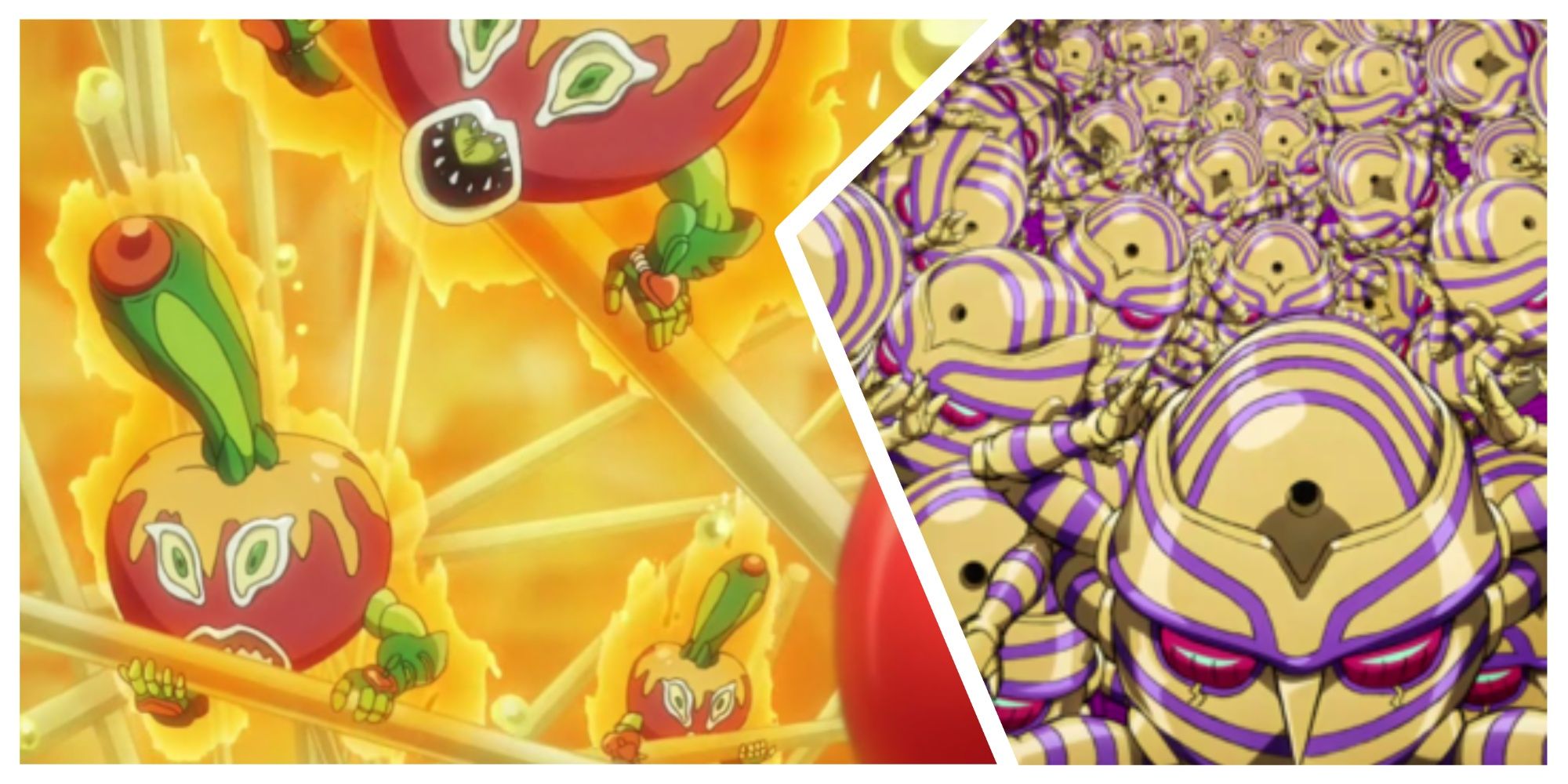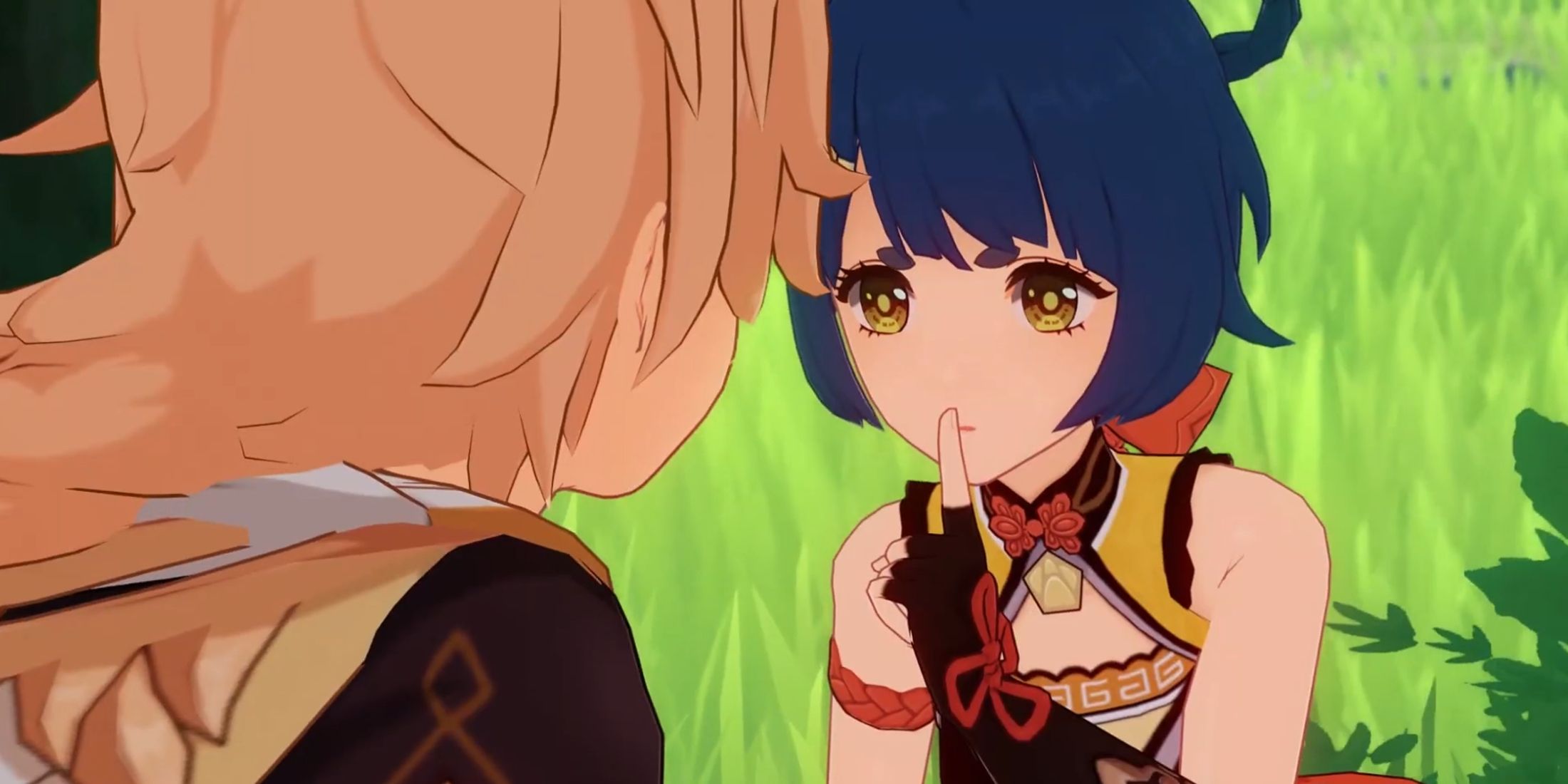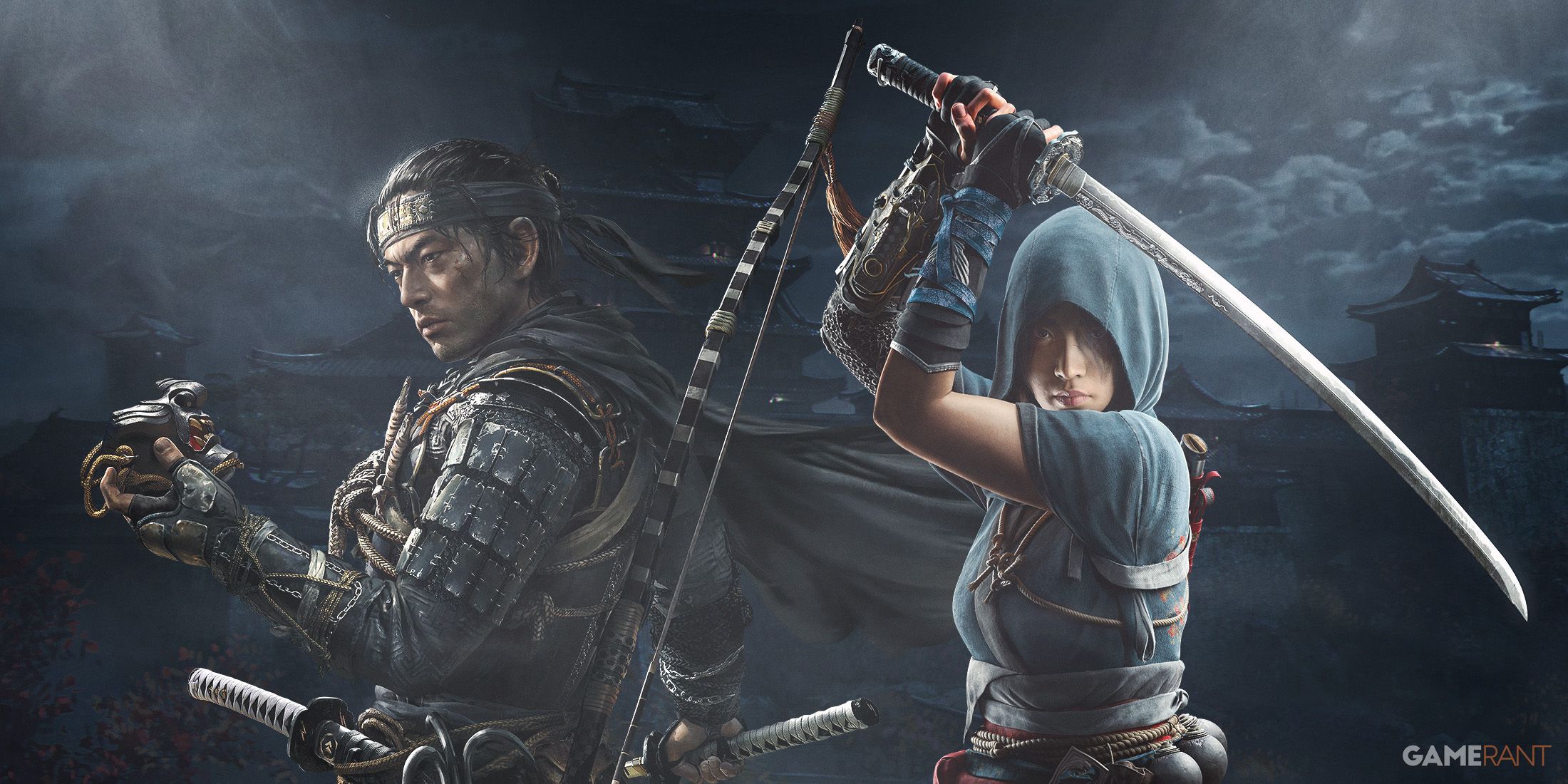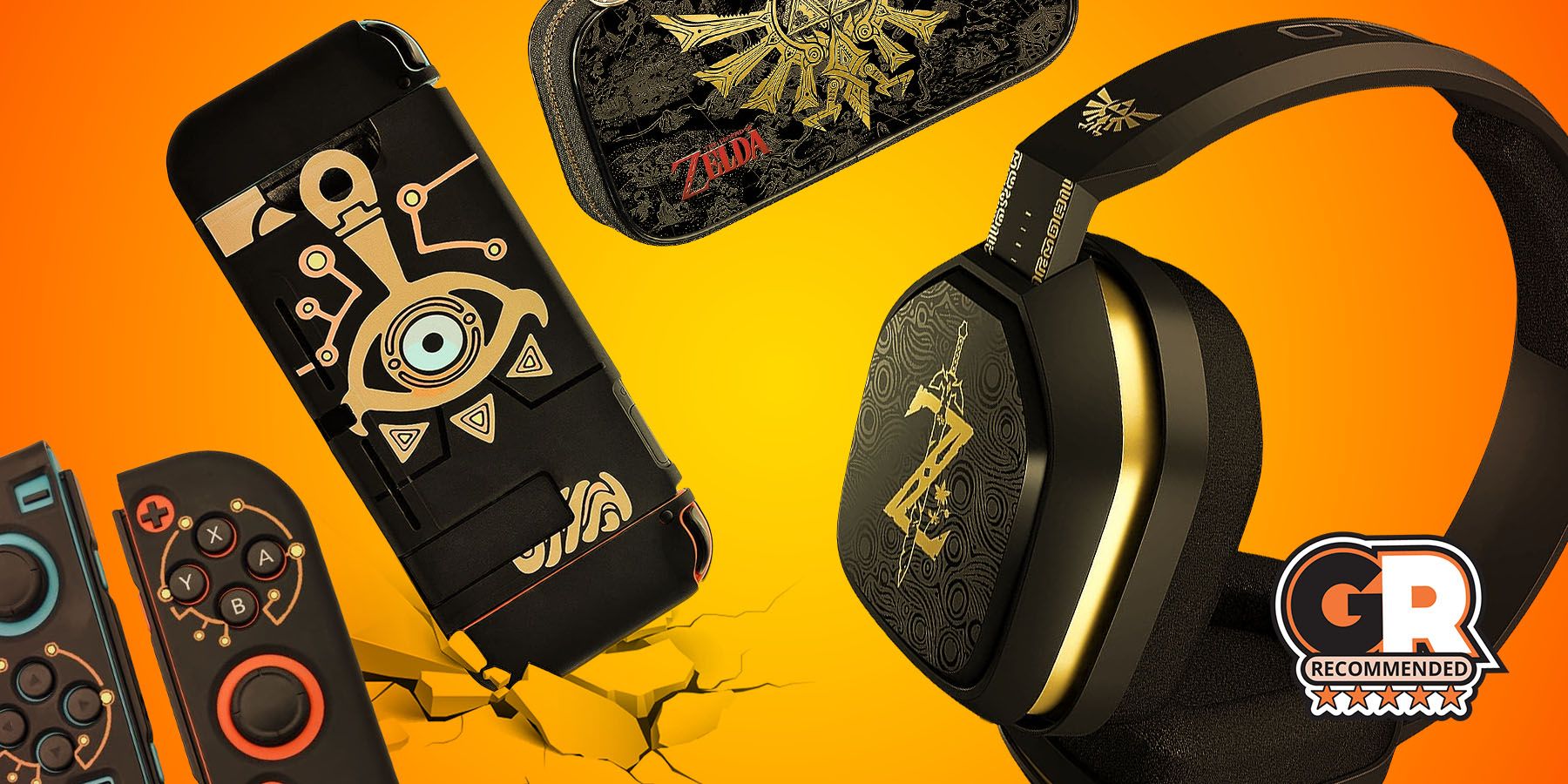Respawn Entertainment is constantly thinking about how it can improve Apex Legends, whether that be on the gameplay side, the technical side, or the Ranked side. What this means is sometimes it’s about playing the long game. The key feature introduction of Season 20, Legend Upgrades, is part of Respawn’s continued focus on the Apex Legends character experience and is a continuation of the game’s recently revamped class system.
Game Rant recently attended the Apex Legends media summit, where we saw presentations and spoke with several developers about the upcoming changes in season 20. Among others, we spoke with lead battle royale designer Josh Mohan, lead game designer Devan McGuire, and game design director Mike Renner about how Legend Upgrades expand on the class system in Apex Legends, the more streamlined approach of several in-game mechanics, and the introduction and design of Thunderdome to Mixtape. The following transcript has been edited for clarity and brevity.
Apex Legends Devs on Legend Upgrades
Q: I believe it was Evan yesterday who mentioned that the Legend Upgrades were a kind of continuation of season 16’s class changes. Since that introduction of the class changes, what has been learned or done to get the legend upgrades of season 20?
McGuire: The goal starting from Season 16, back when we added the class upgrades to the game, was twofold. We had classes that didn’t really make sense with the direction of the game, and only one of the classes mattered at the time. As part of the desire to evolve the game, to push new strategies and metas, we had a bunch of ideas on the table at the time. That one seemed like one that would tackle multiple problems at once. It would allow all the classes, all the characters, to be classified in a direction that made more sense for their playstyles while giving them something they could strategically contribute to the team.
However, what that did only affected people who already understood the meta and the larger landscape of the game, right? We knew what these things meant to the overall synergies of the characters on the squad and what that meant to your survivability across the game. It didn’t necessarily impact every player on every skill level or play consistency level to an extent where they felt it had a direct impact on the game. That was something we wanted to do as a part of this evolution; it just wasn’t something that we could get to at the same time.
That helps news players categorize the playstyles and help the meta evolve, and what we want to take forward with legend upgrades is an evolution for all players. Players can think more about themselves and what they could bring to the table, how they want to personalize their experience, and that sets the next stage of evolution for the BR.
In terms of the things that we learned, I think we validated the idea that from a strategic aspect of the game, having class perks tied to world objects in the environment felt strong and felt good on a very high level of the metagame, but it wasn’t something that directly impacted every individual player. I think that is something that we wanted to take forward with this new approach, to give players the responsibility to tune the character to the way that they feel best fits their play style and allow them to take that personal expression forward.
That’s a big part of it, at least from our perspective on the Legends side of things, where we allow you to take on new strategies for yourself, as opposed to just on a global scale. Do you want to add to that, Josh?
Mohan: Yeah. From my side, looking at the dynamics of the Battle Royale, the pacing of the Battle Royale, what I loved about the perk system was the introduction of all these new objects that serve as objectives: ring consoles, survey beacons, assault bins and support bins. All of these things orient players in the game, because sometimes what we saw before was a feeling of ‘you drop, you loot, you’re like what do I do now?’ Those mid-game objectives where it’s not just running to another team and fighting, providing you with something to chase, gives you a direction and was helpful.
But what we felt was that there could be something more universal. We would have loved it if there was a resource, for example, you could be chasing throughout the game. Warzone has their cash, right?
That’s where the experience system is great for us because we have these objects in the world, EVO Harvesters, that everybody’s always interested in because these give you XP and get you towards a higher level, which is always useful. But it’s a system we could build on, a currency we could use in almost any mechanic that could be future permanent systems in the game. It’s a huge win for us, I think, in terms of giving the player something that’s always an interesting objective to chase.
It’s something we’ve always struggled with because, before that, we would just use loot—increasingly rarer and rarer loot. That then becomes a bit of an arms race against ourselves where the concept of rare loot becomes sort of watered down. You get it anywhere, and it also shortcuts some of the progression issues in a map that we always want to keep maintained so that there are distinct phases. That’s one way BR builds on the new Legends Upgrade system.
Q: Broad view, with Respawn’s philosophy for Legends and these kinds of changes, is this sort of another stop on the road, or is this like the endgame, except for maybe tweaks, for where Respawn wants Legends to be?
McGuire: I think both of those things are kind of true. I don’t think this is the end of the road for where we want to take Legends. The game is going to continue to evolve, the meta will continue to evolve, and what we’re going to ship will shuffle them around. What it does give us, I think, to the second part, the real meat, is a way of diving deep into what players appreciate about a legend and their particular qualities. Seeing what they value from the upgrades that they choose is a great analytical tool for us, to be able to see what they chose and see what builds are kind of dominant in the meta. We’ll be able to see why they’re doing those things and then make adjustments to shift that on a per-legend basis, something that targets particular skills and particular upgrades that they’ve taken.
If a particular build is really, really dominating what we’re seeing and it’s targeting the tactical of a particular character, that means that we can use those upgrade paths to push power towards another part of their kits. It lets us realize that the reason that this character is overperforming or is the way that they are is because of that tactical because we have that data. We don’t have to use anecdotal data or just the community assessment to know what the problem might be; we can actually target them more specifically.
Moving forward, we want to use both the class system and the perks associated with it, as well as these legend upgrades, to more frequently tune and evolve the characters. It keeps the meta shifting, the game changing, and gets in different characters you may not expect to come across in the late game. It lets them rise to the occasion and become more viable across the match.
Q: Each Legend Upgrade path essentially has a choice between two. At level two, it’s this one or that one. At level three, this one or that one. Was it always a choice between two, or did Respawn ever consider more upgrades on each end?
McGuire: It was, to a degree. There were experiments around what an upgrade path looked like that was more restrained, like it was just a single thing that happened as you gained your levels throughout the match. There was no choice involved at all, and that one didn’t work. It didn’t have any player agency. You often ignored the power that came alongside the upgrades.
We didn’t explore more than that though because, in the middle of a match even while you’re rotating and nothing is happening, having to decide between two very different choices that augment your ability for however many rings you have left is a lot of overload. Adding more choices to that tree within the course of a match takes away from the mind space of the player. We wanted them to be simple things you could pick up in a minute and go, “Oh yeah, okay, I just want to passively improve this thing or this kind of playstyle change makes me change the way I use this tactical ability, I can use it more often. Okay, I’ll go with that.”
You’re really just making that binary choice between one path or the other on the fly, at any given moment, rather than having to sit there like in an MMO and look at a tech tree for a while. That’s not Apex. That’s not what we go for. We want to go what’s the power spike you feel is right for you, for the way you play this character, make that choice, and move on.
Originally, we just had the choice made from the inventory. You had to go into your inventory and choose something, but we added the quick select option to make that process more streamlined and quicker. You can just press a button on your controller or keyboard, quickly bring up that menu, select the option, and move on. It’s all about speed and getting back into the game. It’s going to take different people different lengths of time, you know, to get the flow of that, but it’s something we’ve all adapted to over-playtesting. It’s a good quick interface to getting the power you want.
Apex Legends Devs on Gameplay Changes
Q: With these changes, Season 20 also simplifies some of the in-game economies like the crafting materials and folds EVO shields into the Legend Upgrades system, so I was curious if you could talk about some of the benefits for players having this streamlined economy?
Mohan: Yeah, sure. The benefits for crafting, to start there…we’ve been playing around internally with the new crafting system for a while now. It’s one of those changes that we make in the game where you flip between the live version of the game and the development version, and you start to really miss the version of it’s that not out yet. The new crafting system is so nice because it’s sped up and you never have to worry if you have enough materials. You just walk up, grab something, and leave, so that’s really nice.
For XP and EVO merging, we didn’t play around with it being separate for too long, but it was clear that having two separate bars to fill is just too much to manage. Oftentimes, the types of actions that gave you those points would be the same and then sometimes they were different. Getting a kill would fill both bars, but doing some environmental actions wouldn’t, so it just made more sense to have it be one stream.
You can make plans. The player can see they need 50 points or 100 points and think of where they can go or what they can do. You can just make these strategies on the fly instead of stopping and doing some calculus to figure out what your next action should be. We just want to keep you focused on, you know, down the sights, focused on finding and fighting other players as much as possible.
Q: Right. EVO Shields are such a core part of the game, and I think you mentioned yesterday that there was a lot of resistance to this even within Respawn. When you think Apex, you think EVO Shields. I was curious how you approached the challenge of keeping these systems fresh and new, while not undermining Apex Legends’ core identity in this regard?
McGuire: Yeah, you said it. It was such a tumultuous thing to try and even prototype with the team because there’s such a sacred idea that you can find the armor you need at any given time based on RNG. We had goals of trying to take some of that RNG out of the equation to have a fairer experience across the match to smooth out how you get armor across rings.
This is so it wouldn’t just be “Hey, I completed my loadout in the first two minutes of looting because I just happened upon some purple armor. I’m good to go.” It’s moved into something where you had to earn it across the game. You had to make movement. You can’t just hunker down, rat for the rest of the game, and play zone number. We wanted all of these things to make the game feel better and healthier, but we didn’t want it to be like we just completely scrapped the whole system. There were a lot of careful things we put into the design to make sure that a lot of the core elements of the experience were still upheld, not just from a visual perspective, but swapping and sharing armor. For a long of these things, we wanted to be like, “Okay, what you see in the world is still what you’re going to get out of it, even if for a limited time.”
If you pop someone who has purple armor, we didn’t want to convert that to whatever your tier was. We wanted that person to have something that was going to be equivalent to the purple shield value in their death box just as you would in the current game. You can still pick up the purple shield and feel like you can survive for the rest of the fight with that purple armor.
We didn’t want to take those elements away from players, so we made conscious choices to keep that part and to keep everything feeling the same. Ideally, if you don’t even know about it, you don’t reach the patch notes, and you don’t think about the game, it shouldn’t feel like that different. It should just be like you’re not finding it on the ground, you just find it in death boxes and other parts of the game, and you use that system to explore the world. You still kill people, you still loot their boxes, you take their shield core, it gives you that armor, and you continue to fight. There are nuances that you will learn throughout a fight, but we wanted to make sure that as much of that was as smooth and seamless as possible. The transition shouldn’t be arduous for players to go through. Was there anything specific you were thinking about?
I just know the world would riot if shield swapping was gone.
McGuire: To that very statement, even though we had put those things in the game, the amount of time it took us to relay that message to the team because there was no armor on the ground was actually hilarious. People assumed that shield swapping was gone, even though it was still there and had been for many, many months before we got the presentation on the actual elements. We were still using the old Shield icons and things like that, the HUD wasn’t updated with all those other things. Even though we would tell people in team meetings that it’s still there, people still give you whatever you swap to, we would still get feedback from internal playtesting saying “Well, it sucks now there’s no shield swapping in the game. You’ve removed the entire element from the game.”
That was a big hurdle for us to overcome, and we’re thankful all those pieces of production came online to really reinforce that system and make it feel as seamless as it does now.
Apex Legends: Thunderdome Map
Q: Changing gears a bit, I was curious if you could talk about maps like Thunderdome having the traditional three-lane multiplayer approach. How does the process and making a map like Thunderdome differ from Battle Royale outside obvious things like size and scope?
Renner: There are a lot of elements you don’t need to worry about in these maps versus BR, like the number of PoIs. You can focus on a singular theme and craft your play space around that. Once you’ve identified that and what you want as far as pacing, as well as the type of map you want to create, it’s just filling in the gaps on the map matrix. It’s a lot more focused, for sure.
Q: How do character abilities factor into a map design like Thunderdome?
Renner: It’s a definite consideration. There has to be a lot of thinking and planning around specific legends and making sure they have opportunities, like Pathfinder being able to zip somewhere or where Octane can get. You have to think about each legend and make sure they have their own little special spot to utilize their abilities on the map. It’s a lot of fun working those into the map.
[END]
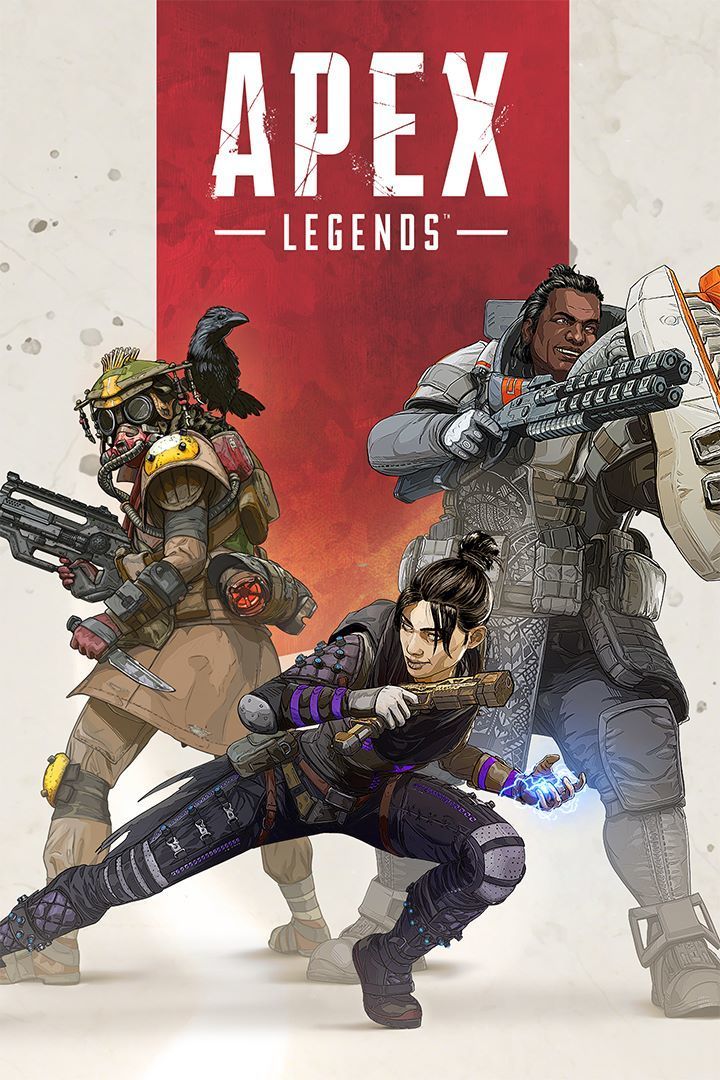
Apex Legends
Apex Legends is a free-to-play battle royale game made by Respawn. In this shooter, players take up the mantle of a Legend — one of the playable characters — and form a squad with other players. The game is set in the same universe as the Titanfall series and the two franchises have had many crossovers.
- Released
- February 4, 2019
- Publisher(s)
- Electronic Arts
- Genre(s)
- Battle Royale , First-Person Shooter
- Multiplayer
- Online Multiplayer
- Engine
- Source on console/PC, Unreal Engine 4 on mobile
- ESRB
- T for Teen: Blood, Violence
- Metascore
- 89
